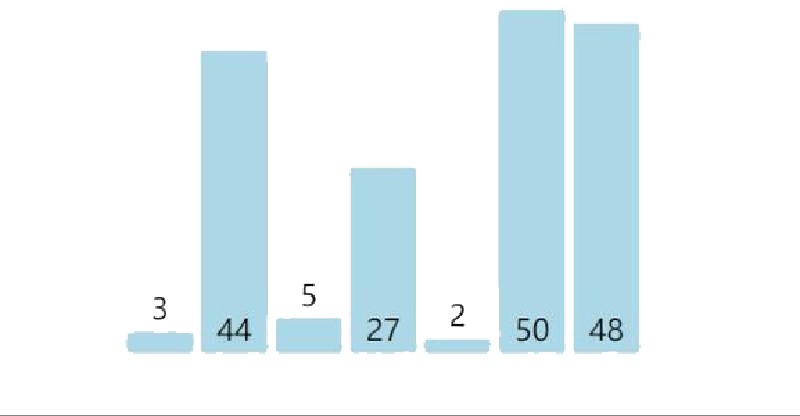Bucket Sort is well-suited for sorting numbers in the range of 0~100, but its efficiency decreases when dealing with data that has a wide value range.
Algorithm Steps
- Create n empty buckets based on requirements
- Traverse the input array to find the maximum and minimum values
- For each element
num, calculate bucket index using formula:floor((num - min) / n) - If a bucket already contains elements, maintain elements in sorted order (using linked list)
- Repeat steps 3-4 until all elements are distributed
- Concatenate all buckets’ linked lists and output the sorted array
package main
import (
"fmt"
"math"
)
func main() {
data := []int{111, 9, 2, 4, 9, 3, 3, 5, 7, 1, 8, 2, 11, 22, 99, 192}
fmt.Println(BucketSort(data, 4))
}
func BucketSort(data []int, buckets int) []int {
if len(data) == 0 {
return data
}
// Find min and max values
min, max := data[0], data[0]
for _, num := range data {
if num < min {
min = num
}
if num > max {
max = num
}
}
bucketChunk := (max - min + 1) / buckets
bucketLinks := make([]*LinkList, buckets)
// Distribute numbers into buckets
for _, num := range data {
// Find target bucket
bucketIndex := int(math.Floor(float64((num - min) / bucketChunk)))
if bucketLinks[bucketIndex] == nil {
bucketLinks[bucketIndex] = &LinkList{}
}
bucketLinks[bucketIndex].insertSorted(num)
}
// Merge all buckets
index := 0
sortedData := make([]int, len(data))
for _, bucket := range bucketLinks {
if bucket == nil {
continue
}
current := bucket.head
for current != nil {
sortedData[index] = current.data
index++
current = current.next
}
}
return sortedData
}
type LinkList struct {
head *Node
}
type Node struct {
data int
next *Node
}
func (ll *LinkList) insertSorted(num int) {
if ll.head == nil || ll.head.data > num {
ll.head = &Node{num, ll.head}
return
}
current := ll.head
for current.next != nil && current.next.data <= num {
current = current.next
}
current.next = &Node{num, current.next}
}
